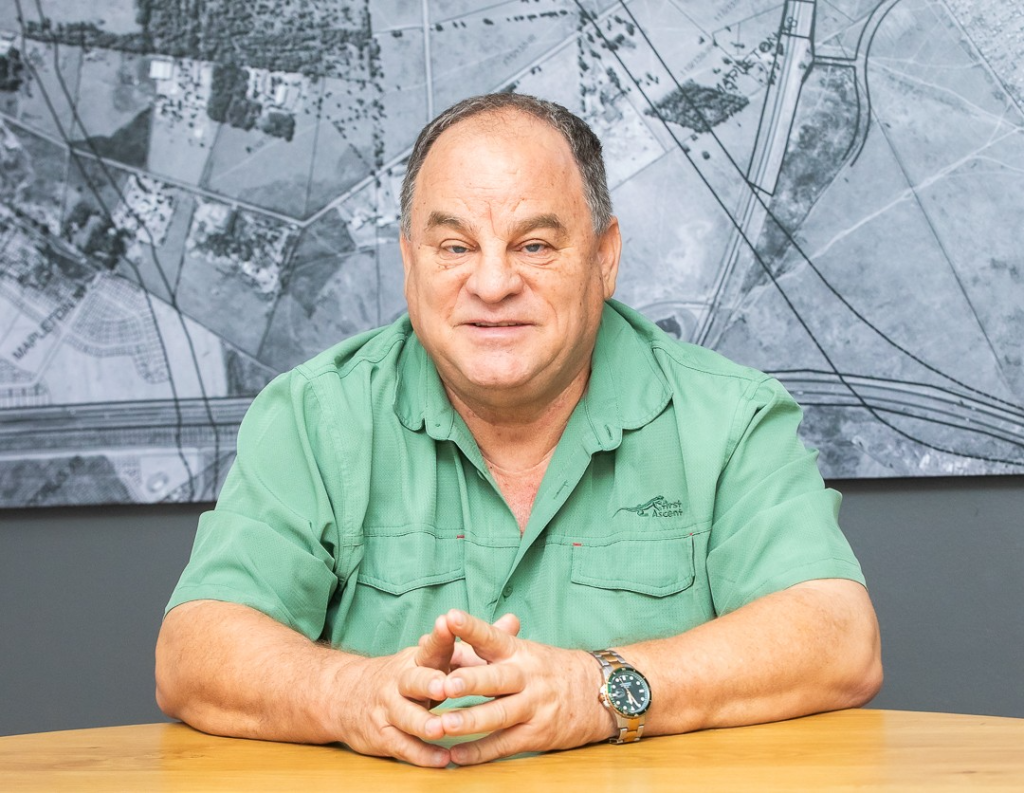Port of Gauteng White Paper garners overwhelming support from government and key industry leaders
5 min read
Port of Gauteng has received an overwhelmingly positive response to its White Paper, confirming deep strategic alignment and commitment from major stakeholders across government and the private sector. The R50 billion inland port is being hailed as the long-awaited solution to systemic logistics bottlenecks crippling the Durban-Gauteng Freight Corridor.
The wave of endorsements highlights the project’s capacity to modernise South Africa’s logistics network, with support coming directly from provincial government, key industry associations, and leading technology experts.
Government Readiness
The Gauteng Department of Roads and Transport (GDRT) confirmed its road infrastructure initiatives are at an advanced state, aligning the Port with the province’s 25-year Integrated Transport Master Plan (ITMP25). Melitah Madiba, director: Communications, stated the Port’s location “fits with this strategy perfectly,” as it provides road infrastructure that unlocks local economic development and job creation.
The GDRT views the Port as essential to strengthening Gauteng’s role as the country’s leading freight and logistics hub.
Alignment with National Rail Strategy
Port of Gauteng’s White Paper is also strategically aligned with national policy objectives. Speaking last week on the need for infrastructure reform, Minister of Transport Barbara Creecy affirmed the government’s commitment to re-establishing rail as the backbone of transport for people and goods. Referencing the country’s rail reform roadmap, the Minister highlighted that while strategic infrastructure must remain publicly owned,limited state funding means private sector investment has become a priority.
“The R50 billion Port of Gauteng, as a major private sector initiative, directly addresses this call for collaborative, non-state funded solutions necessary for modernising the freight network,” comments port developer, Francois Nortjé (pictured).
Industry leaders champion multimodal efficiency
Industry backing is strong and unanimous. Road Freight Association (RFA) CEO Gavin Kelly calls the R50 billion project a “pivotal opportunity to address the systemic inefficiencies crippling South Africa’s economic arteries.” He notes the port’s vision to “create a premier trade gateway that restores balance to our supply chain” aligns with the RFA’s call for collaborative road and rail operations. “Port of Gauteng may well provide the missing link’ that can make rail competitive again,” he says.
Grain SA CEO Tobias Doyer also confirms the Port offers vital relief, arriving at a “critical time when the agricultural logistics system is under severe strain.”
Fleetwatcheditor Patrick O’Leary describes the White Paper as “the most ambitious private-sector plan tabled to date.” He stresses the project’s success is critically dependent on execution, warning: “If these pieces align—including regulatory certainty on PBS, guaranteed rail performance, and timely financing—the Durban–Gauteng Freight Corridor could finally shift from crisis to competitiveness. If not, the trucks will keep rolling and the N3 will remain South Africa’s most fragile artery.”
Technology and safety endorsement
Paul Nordengen, director of Heavy Vehicle Transport Technology Africa highlights the strategic inclusion of Performance-Based Standards (PBS) for heavy vehicles. PBS, already responsible for a 39% crash rate reduction in its pilot projects, will “have a significant positive impact on road safety, logistics costs, congestion on the N3 highway, and infrastructure protection.”
Financial model anchors rail recovery
Port of Gauteng’s White Paper’s proposed solution is underscored by the fragility of existing state logistics infrastructure, particularly as Transnet has recently flagged indicators related to the “material uncertainty” of its ability to continue as a going concern.
“It is important to note that rail revival is not the silver bullet for the Corridor’s complex freight challenges,” continues Nortjé. “Our integrated model proposes a hybrid tolling structure for PBS trucks that requires direct cross-subsidies to the Transnet Rail Infrastructure Manager (TRIM). This financial mechanism is vital to strengthen and expand the rail network, recognising that the Rail Container Corridor’s estimated loss of R3 billion requires this critical financial support and cannot be absorbed without private-sector enabled cross-subsidisation.”
He concludes: “This overwhelmingly positive feedback ensures we can move forward with a unified purpose to deliver a world-class trade gateway for the province and the country.”




